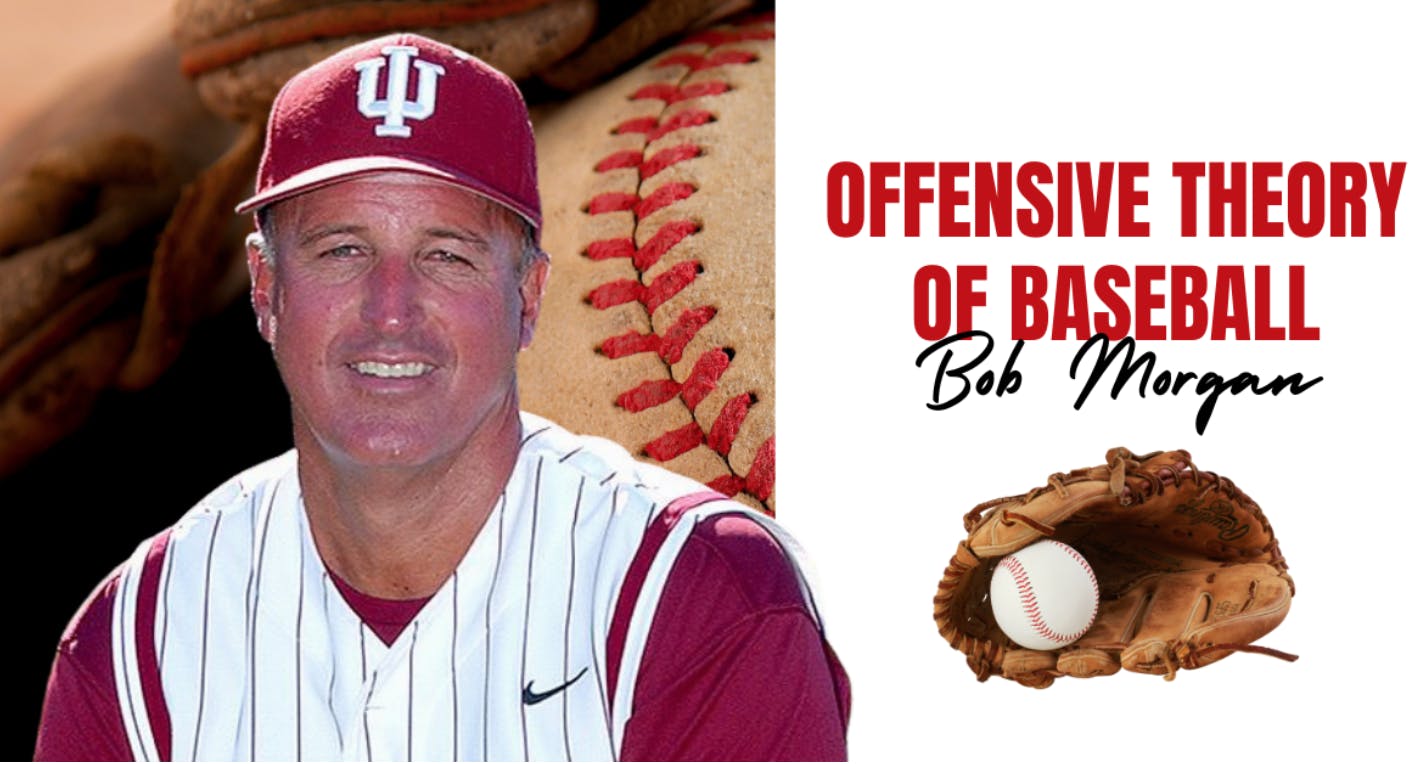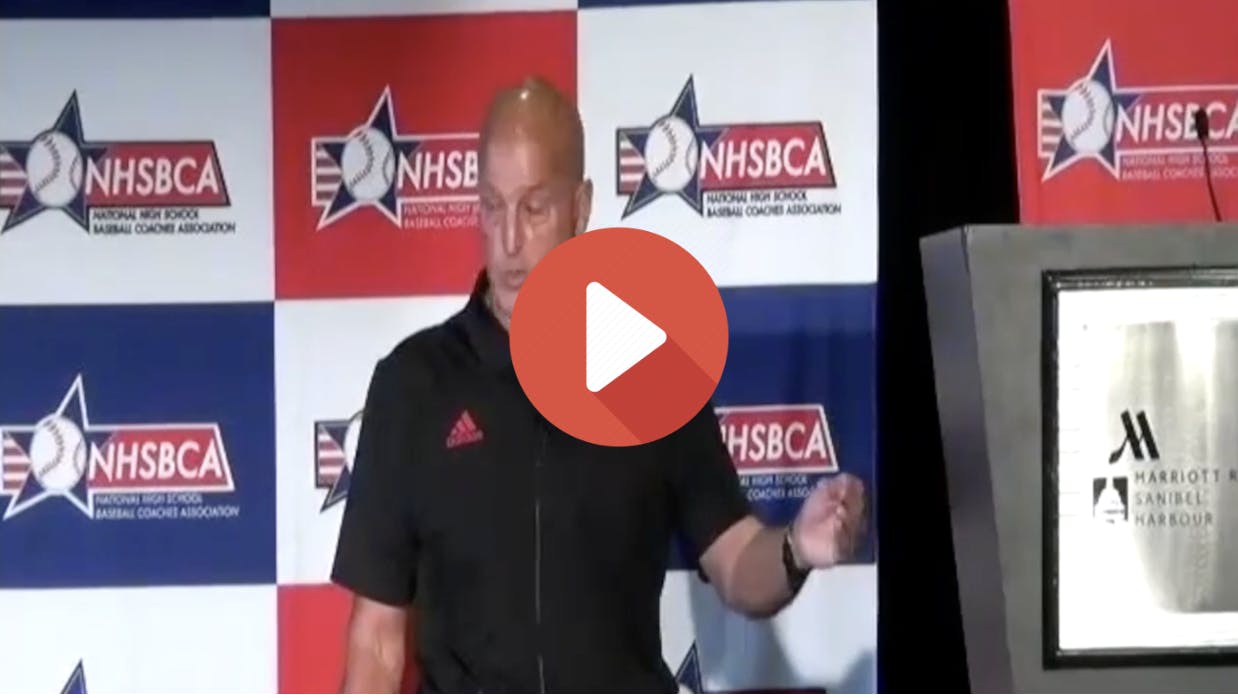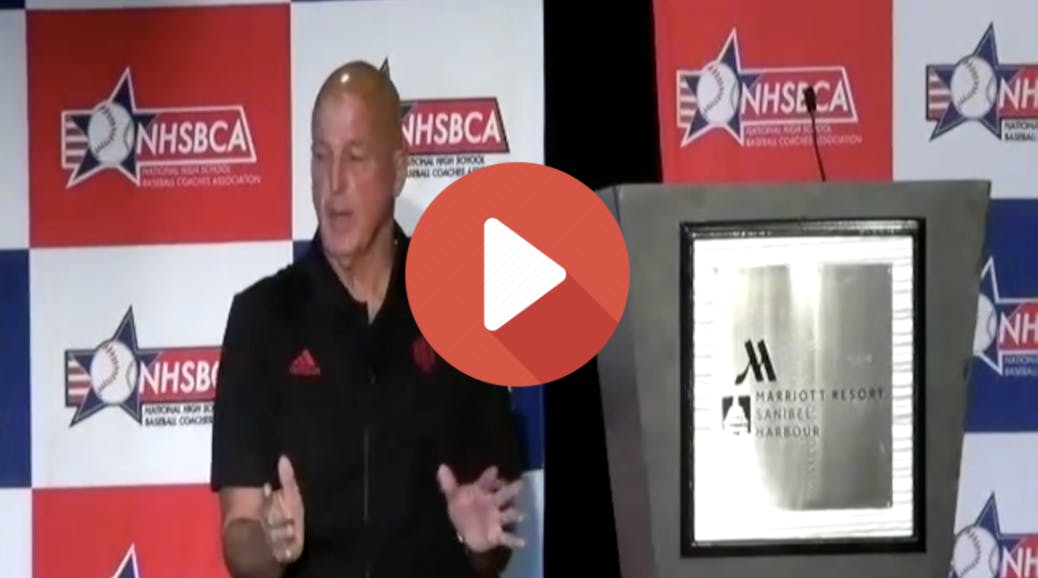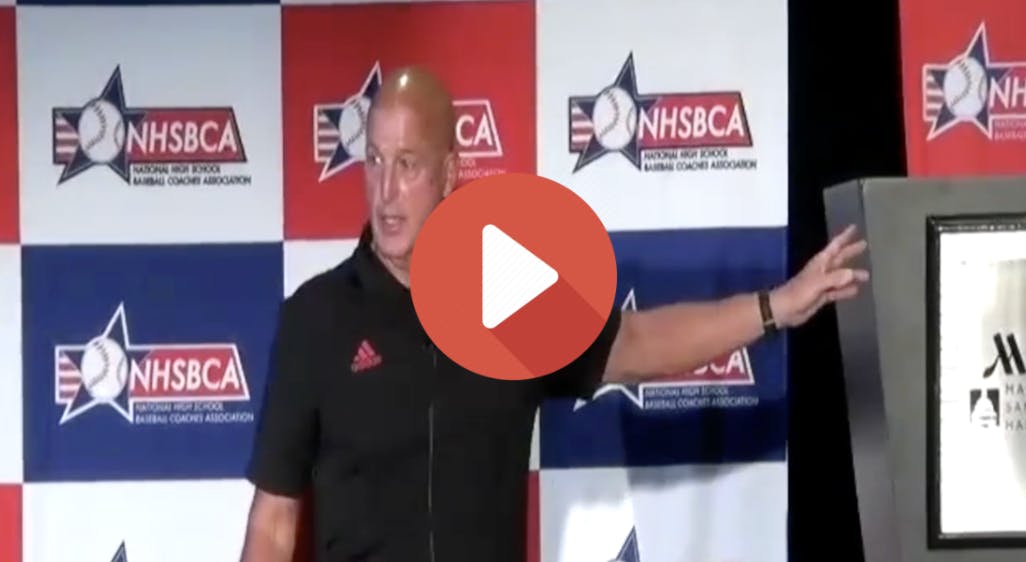Featured courses
- Understanding The Shift by Brandon Ogle
- Two Drills to Improve Outfield Movement and Communication by Grant Young
- The Ultimate Resource For Coaching Youth Baseball by Jackson Chlebowy
- Become a Master at Bunting by Brandon Ogle
- 5 Reasons Why There Is More To Good Base Running Than Just Speed by Brandon Ogle
- Three Injury-Prevention Tips For Your Offseason Pitching Program by Grant Young
- How to Teach Hitting to the Next Generation by Grant Young
- Developing Defensive-Minded Baseball Catchers by Grant Young
- 3 Baserunning Tips to Score More Runs in Baseball by Grant Young
- 5 Outfield Drills to Work on in Season by Alec Burris
- Keys For Scoring More With Runners on First and Third Base by Grant Young
- How to Develop Your Game to Become a Five-Tool Player by Brandon Ogle
- 3 Coaches Share the Keys to Running Baseball Practice the Right Way by Grant Young
- Four Drills to Sharpen a Baseball Hitter’s Vision at the Plate by Grant Young
- Four Quotes to Hit Better With Two-Strikes by Grant Young
- Four of Former MLB Pitcher Juan Nieves’ Movement-Based Pitching Drills by Grant Young
- Two Tips For Developing an Elite Baseball Bullpen by Grant Young
- Overcoming the Four Challenges of Indoor Baseball Practices Because of Weather by Grant Young
- Three Tips to Make Your Baseball Team Mentally Tougher by Grant Young
- Three Priceless Philosophies to Motivate Your Baseball Team by Grant Young
- Three Offseason Baseball Drills to Simulate Competition by Grant Young
- Three Baseball Offseason Strength and Conditioning Essentials by Grant Young
- Important Ways to Improve Your Baseball Team’s Baserunning by Grant Young
- Three Ways to Perfect Hitting Mechanics From an MLB Icon by Grant Young
- Catchers can influence pitchers...for bad or good by Drew Johnson
- Throwing Strikes and Playing Good Defense Equals Wins by Jose Ortiz
- Legendary Indiana Head Baseball Coach Bob Morgan’s Offensive Theory by Grant Young
- Tennessee Head Baseball Coach Tony Vitello on How to Practice Baserunning by Grant Young
- Three Great T-Ball Drills For Youth Baseball Players by Grant Young
- How to Manage a Baseball Pitching Staff by Grant Young
- Three Uncommon Tips to Become a Better Hitter by Grant Young
- How a Baseball Coach Can Develop Strike Throwers by Grant Young
- Drills to Develop Elite Baseball Outfielders by Grant Young
- Baseball Training Exercises to Strengthen Arm and Bat Speed by Grant Young
- How to Use Bunting to Score More Runs by Grant Young
- How To Build An Elite Baseball Infielder by Grant Young
- Three Drills to Improve Your Baseball Team's Infield Play by Grant Young
- Three Keys to Curating a Pitching Staff’s Success by Grant Young
- 3 Techniques to Develop a Baseball Player’s Hitting Approach by Grant Young
- How to Cultivate Confidence Within Your Pitchers by Grant Young
- 5 Every Day Drills To Help You Become A Better Catcher by tyler Linderman
- How to Throw A Curveball by Brandon Ogle
- How to Assemble a Lock-Down Bullpen by Brandon Ogle
- How to Throw a Sinker by Brandon Ogle
- How to be a Smart Baserunner by Brandon Ogle
- Improving a player's slugging average by Phillip Woolgar
- The 8 Fundamentals of Pitching by Drew Johnson
- How to Throw a Deceiving Changeup by Brandon Ogle
- Step Up Your Outfield Defense With These Three Drills by Jose Ortiz
- 8 Baseball Drills Every Player Should Practice by Drew Johnson
- How To Become An Elite Defensive Outfielder by Tyler Linderman
- 5 Tips For Crushing A Curveball by Johnny Grassi
- LEGENDS FOR YOUTH INCLUSION BASEBALL CLINIC by Phil
- Fourteen Ways To Turn A .300 Hitter Into A .210 Hitter by Jay P. Granat, Ph.D.
- How To Become The Ideal Leadoff Man by Brandon Ogle

Legendary Indiana Head Baseball Coach Bob Morgan’s Offensive Theory
- By Grant Young
It has been said many times that hitting a baseball is the hardest thing to do in all sports. While this is usually a reference to the physical task of connecting a round bat squarely with a round ball and sending it somewhere that the nine fielders aren’t, equally (if not more) difficult are the mental hurdles that come with taking on such a failure-centric task.
A hitter can have all of the physical talent in the world. But if they haven’t mastered the mental game of hitting, they’ll never reach their true potential. And the same goes with the other way around, as well. This is why baseball offense mental training is a fundamental component of learning how to hit.
Coach Bob Morgan is an expert on hitting’s physical and mental sides alike. Coach Morgan served as Indiana’s head baseball coach from 1983 - 2005, boasting a record of 782 - 496 with the school. This is the most wins of any coach (in any sport) in the history of Indiana University. He led the IU baseball team to a Big Ten Championship in 1996, was named NCAA Regional Coach of the Year in 1996, and was named Big Ten Coach of the Year in 1991 and 1993.
While Coach Morgan is now retired, his coaching proteges at Indiana have helped instill his teachings with current teams; which is a big reason why Indiana’s baseball team made it to the 2024 NCAA Tournament.
Coach Morgan’s ‘Offensive Theory of Baseball’ course dives into topics such as mental concentration, small ball, base running, coaching concentration, and much more. We’ve taken some of his crucial insights and included them below, so all baseball coaches can help their players improve their physical and mental skillsets.
Building Relationships (Introduction)

“Trophies collect dust. Plaques collect dust. But relationships last forever.”
Before coach Morgan dives into his offensive theory, he speaks for a few minutes about the value of building and maintaining relationships, among other coaches and with players.
Coach Morgan alludes to the fact that, while all baseball coaches started doing so because they (hopefully) love the sport, everybody also wanted to make an impact, and leave a legacy behind for future generations to follow. While this can take place with on-the-field instruction and teachings, often the bigger impact comes with the relationships that we make with young players.
It’s important to remember that youth baseball players don’t get paid a penny to play. While they could have signed up for a variety of reasons (because they love the game, because they want to make friends, or because they want to get out of their household for a few hours every day), the bottom line is that they choose to be out there on that field.
For that reason alone, coaches mustn’t take their participation for granted, and work to build lasting relationships with every player on their roster.
Hitting and Bunting

One aspect of his hitting theory that Coach Morgan dedicated a lot of time to is bunting. The first thing he discusses is that, for a sacrifice bunt, he wants his players’ bats parallel with the top of the strike zone. This is because it’s nearly impossible for a player to get their bunt on the ground if they’re moving their bat upwards in the strike zone upon contact.
In addition, Coach Morgan notes that, if there’s a runner on first base, then the sacrifice bunt should be hit to the first baseman. When there are runners on first and second base, the sacrifice bunt should be hit toward the third baseman. In terms of the actual bunt, Coach Morgan stresses that the bottom half of the bat should be making contact with the top half of the ball because that will force the ball to go downwards upon contact.
Coach Morgan also goes into detail about the suicide squeeze; which, while rare, can be the difference between winning and losing a game, depending on how well it’s executed. He says that the runner on third base should take off for home as soon as he sees the “L” in the pitcher’s arm. This essentially means that he needs to be sure that the pitcher is indeed throwing the ball home before the suicide steals come into play.
The reason why Coach Morgan details the techniques behind all of these bunt plays is because he believes being able to execute small-ball offense is a crucial part of succeeding in baseball. While you don’t always want to rely on it, a team having it available on their toolbag will put pressure on the opposing defense and give your team more ways to win games.
The Mental Standpoint

Coach Morgan drops a bunch of fantastic nuggets about the mental side of hitting. One of those is, “I’m swinging and waiting, rather than waiting to swing.”
What Coach Morgan means by this is that he wants his hitters to be expected to swing at every pitch. Their initial reaction must be aggressive, anticipating to get the pitch they’re looking for, and then taking a good, short, and compact swing at it. And if the pitch isn’t what they’re looking for, then they shut off their swing.
The opposite of this would be waiting to swing, which is a more passive approach that involves being more defensive than offensive at the plate. Because hitting is difficult enough as it is, waiting at the pitcher’s whim and being reactive rather than aggressive isn’t conducive to an effective hitting approach.
These are just some of the many insights Coach Morgan imparts, in terms of his offensive theory. And his track record proves that hitters thrive when they adhere to these lessons and core principles.



